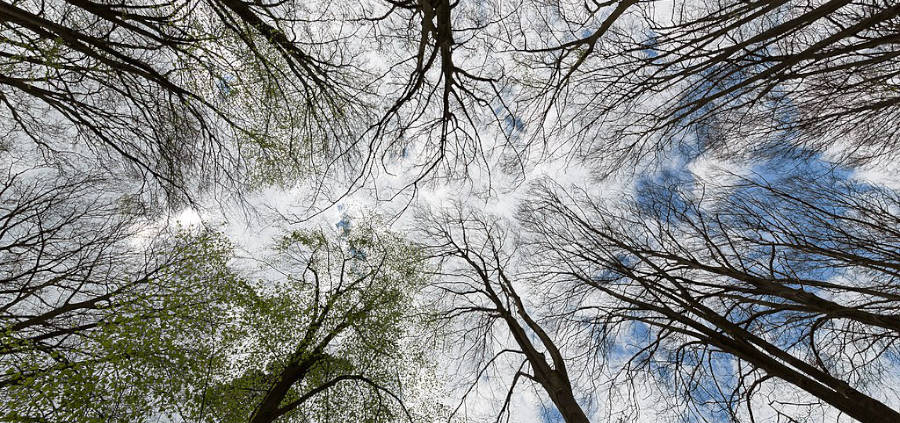Where Harmony Is Heard by Julie A. Ferraro

Monastic Ecological Wisdom:
A Living Tradition
By Samuel Torvend, Ph.D.
Liturgical Press, 2023
$21.95 176 pp.
“Care for a wounded earth is inextricably linked with care for its most vulnerable people.”
In so summarizing the purpose and impact of Pope Francis’ encyclical Laudato Si’ on not just Catholics but those of many faith traditions, Samuel Torvend begins his exploration of how early medieval monastic communities became examples for humanity—15 centuries later—for how to live in harmony with all creation.
Torvend starts with an overview of the Roman Empire, which dominated much of the known world in Jesus’s time. To serve the needs of this populace, wholesale deforestation occurred, contributing not only to the construction of cities but clearing of land for agricultural use to feed its citizens. The wars waged by the various emperors in their quest to accumulate more territory also devastated the environment.
It sounds very similar to the situation in this 21st century.
Using ample references to the Scriptures and other historical texts, along with numerous footnotes, Torvend’s writing style is not overly academic, yet still brings his point solidly home.
He emphasizes how forming communities where members mutually supported each other, the ill, and those in need defied the trends of those early centuries when Christianity became publicly acceptable. These communities demonstrated how best to live in harmony with the natural world by taking only what was needed and honoring what had been given by God.
When St. Benedict appeared on the scene in the early sixth century, he left his life as a student in Rome and traveled east about 45 miles, where a river provided water and fish to sustain him as he spent three years in a cave at what came to be known as Subiaco. A monk he befriended in the region would occasionally lower bread to him as well.
Expanding on St. Gregory the Great’s hagiological biography of Benedict in his Dialogues, Torvend notes how Benedict would have lived in communion with nature, with the renowned raven who tended his needs a symbol of this peaceful relationship.
Continuing his examination, Torvend integrates the prayer cycle of psalms Benedict outlined in his Rule, and the various feast days into the hours of daylight and the changing of the seasons, respectively.
That Benedict’s early monasteries were established at a distance from the nearby city or town is another example of the need not to flee the “world,” according to Torvend, but to be removed from “a social system marked by gross disparity between the many poor and the few rich,” as well as accepted forms of slavery, greed, war, and other social ills. This allowed the monks to consciously care for the land on which they lived and provide for those who came to them in need.
The level of research by the author combines for not only an informative but fascinating read.
Torvend is an Episcopal priest, Benedictine oblate, professor emeritus, and faculty fellow at Pacific Lutheran University in Tacoma, Washington. He earned a bachelor degree in history from Pacific Lutheran, followed by a master of divinity from Wartburg Theological Seminary, and a master’s degree in theology from Aquinas Institute of Theology, both in Dubuque, Iowa. He also holds a doctorate in historical theology from St. Louis University.
His previous books include Daily Bread, Holy Meal: Opening the Gifts of Holy Communion; Flowing Water, Uncommon Birth: Christian Baptism in a Post-Christian Culture; and Still Hungry at the Feast: Eucharistic Justice in the Midst of Affliction.
As the world continues to be shaken by continuing climate change and environmental devastation, this book offers a bit of hope that those who read it will take its contents to heart and begin the long process of correcting the mistakes of centuries, allowing a viable future for generations to come. ♦
Julie A. Ferraro has been a journalist for over 30 years, covering diverse beats for secular newspapers as well as writing for many Catholic publications. A mother and grandmother, she currently lives in Idaho. Her column, “God ‘n Life,” appears regularly in Today’s American Catholic.





Leave a Reply
Want to join the discussion?Feel free to contribute!